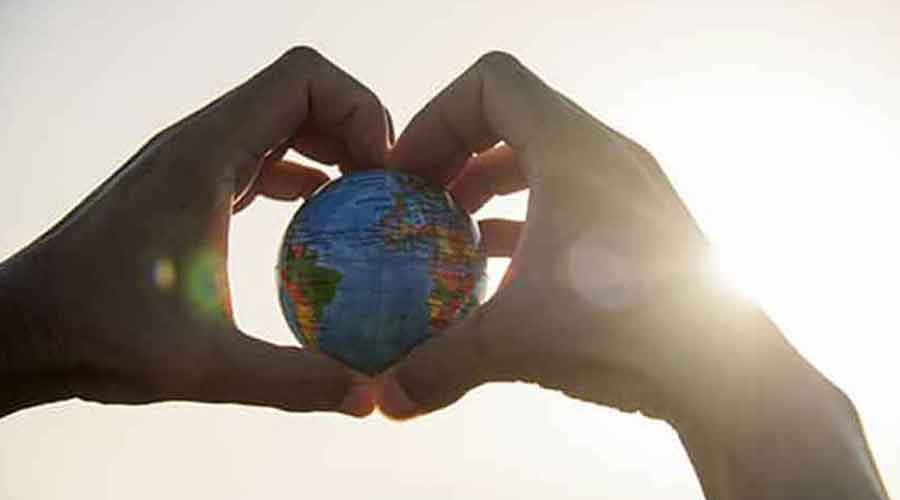News about the environment is seldom heartening. But a recent report by the United Nations bears good tidings. A quadrennial assessment has confirmed that the protective ozone layer is on a path to full recovery. The ozone layer protects life on earth from harmful ultraviolet radiation. Its restoration, therefore, is key to human health and food security. It must be noted that the first warning bells about the depletion of the earth’s sunscreen were rung in the early 1980s when a hole above the Antarctic became evident. While signs of repair were reported in the last decade, this is the first time that scientists have come up with a definitive timeline for the process. The latest findings suggest that the ozone concentration is expected to be back to the levels of the 1980s by 2066 in Antarctica, by 2045 in the Arctic, and by 2040 for the rest of the world. This has several important implications. First, it speaks of the successful implementation of the Montreal Protocol of 1989 that mandated the phasing out of ozone-depleting substances like chlorofluorocarbons — about 99% of ODSs have since been eliminated. Second, this is a rare instance of humanity triumphing over an environmental challenge. Third, and most important, it goes to show that concerted, multilateral action by the comity of nations is the best possible strategy to mitigate environmental challenges.
Can the healing of the ozone layer set a precedent for climate action? Unfortunately, there are several caveats. Ozone protection initiatives were marked by international consensus in stark contrast to the policy paralysis that has marred action on climate change. Additionally, the scientific evidence of ozone damage is more clearly defined and thus readily acceptable; climate change continues to be denied by obdurate people in several parts of the world. The goals set for net-zero emissions are proving to be difficult to meet. For instance, funds-sharing and transfer of mitigatory technology remain perennially thorny issues among nations battling climate change. But there are lessons here for the international community from the ozone protection campaign. The Multilateral Fund, under the aegis of the Montreal Protocol, endorsed the transition to climate and ozone-safe technologies in developing countries by providing more than four billion dollars for projects such as capacity building, institutional strengthening and technology transfer. The money needed to stop climate change is far greater. That perhaps explains the inertia of the first world.











